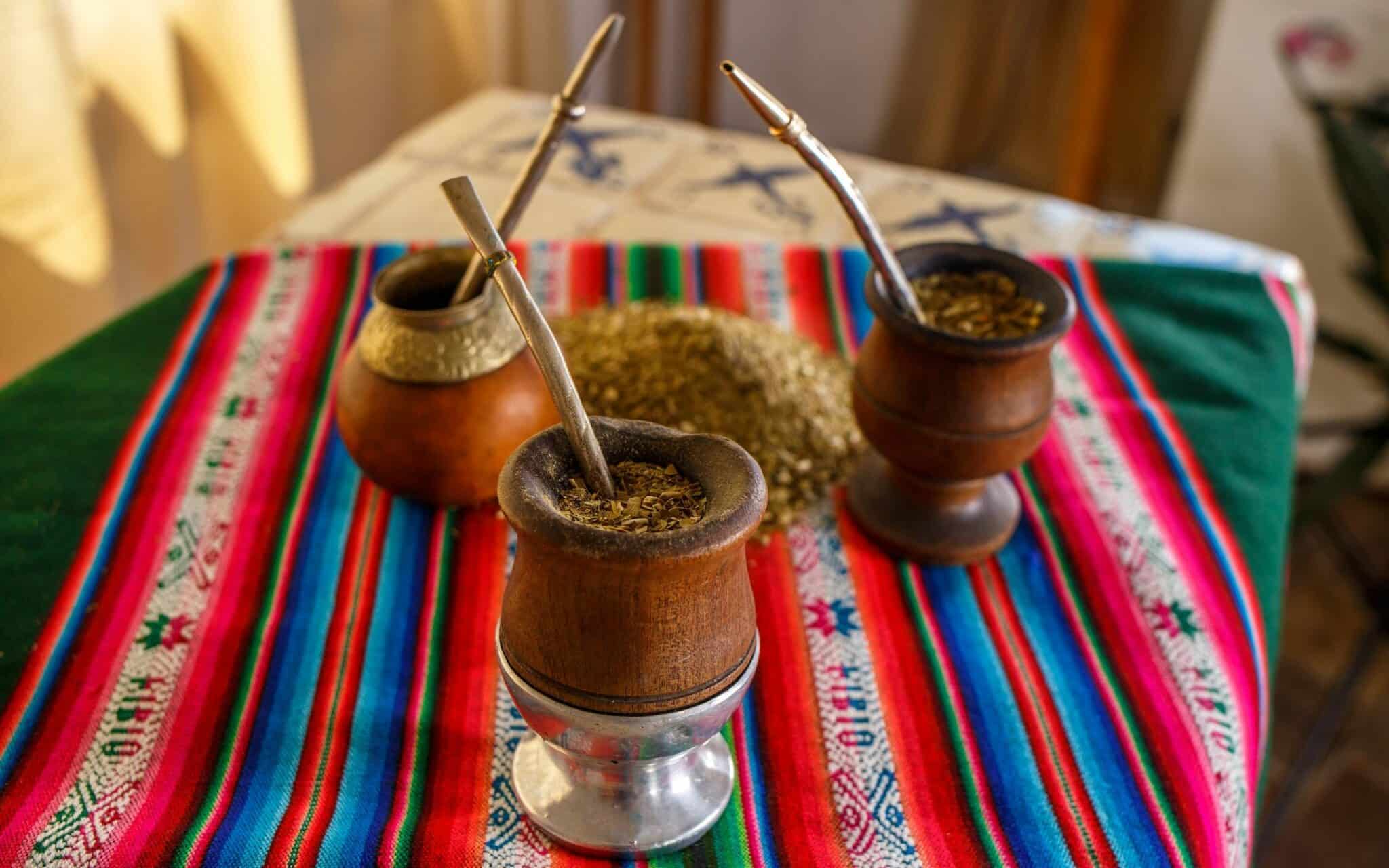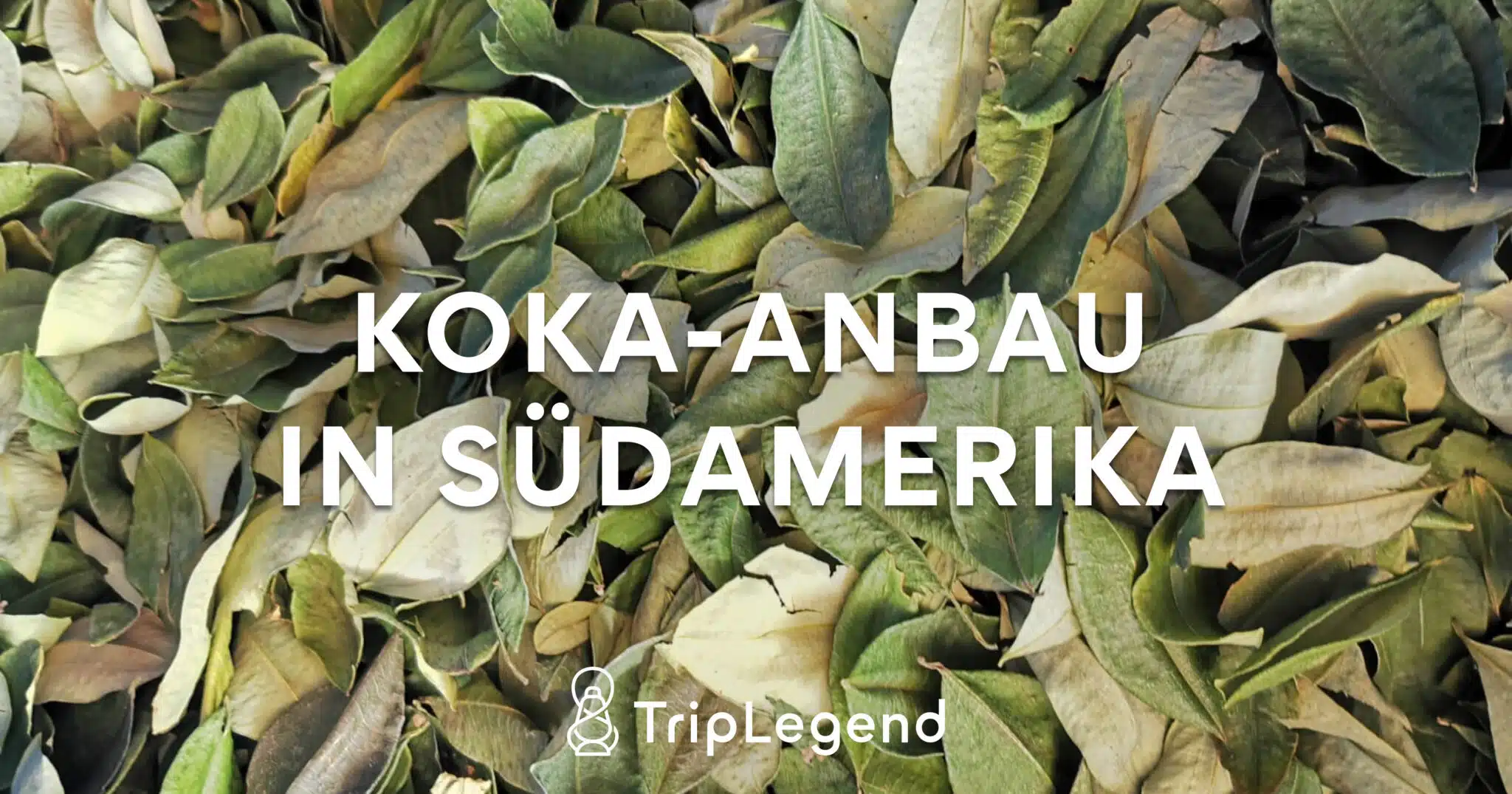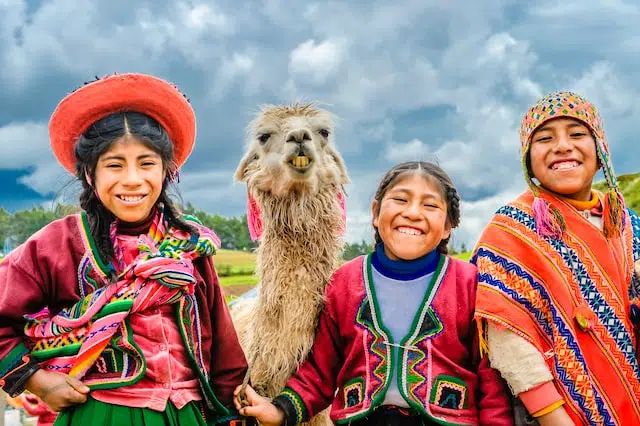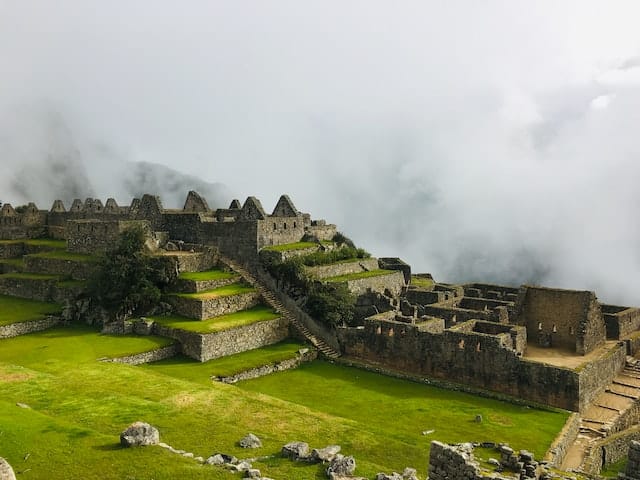When you hear or read coca, you often think directly of cocaine. However, the cultivation of the coca bush has been part of cultural practice in several regions of South America for centuries. The coca bush is particularly widespread in Andean countries such as Bolivia, Peru, Colombia and Ecuador. In this article you will find interesting facts about coca consumption, how it has developed and the difficulties it entails.
Botany
The coca plant is an evergreen shrub with dark green elliptical leaves. It can grow up to 2.5 meters high, has reddish bark and bears small red fruits. The shrub grows at altitudes between 300 and 2000 meters. In the 19th century, the plant was introduced beyond the Andean regions to parts of Africa, India and Indonesia and is still widespread there today.
Coca culture
Coca has a long cultural history in the Andes and has been used by indigenous peoples in ceremonies and rites for centuries. It is often associated with spiritual and religious purposes. Traditional use is aimed at exploiting its stimulating and energizing properties without extracting the psychoactive component cocaine in extracted form. The content in the dried leaves is so low (between 0.1 and 0.8 %) that it does not lead to intoxication or addiction. The coca leaves are usually chewed or made into tea by the locals. In some cultures, it is believed to help dispel negative energies and purify the body.
Social significance
Eating the leaves is often practiced in community and serves as a means of social interaction. In some regions, coca leaves are offered at gatherings to express hospitality. Prepared as tea, it is known as "mate de coca" and is often drunk after a meal, as it stimulates digestion in a similar way to coffee. The term "mate" is derived from Quechua and means drinking vessel. The cups are usually made of wood, ceramic or metal. There is also a metal straw with a small sieve at the bottom, which filters the tea directly.

Medical application
The coca bush has been used extensively in medicine both in the past and today. The leaves are rich in vitamins A, B1, B2, B3, C and E. They also contain important minerals such as calcium, phosphorus, iron, sodium and potassium. 14 different alkaloids improve blood circulation and promote the absorption of oxygen in the blood and brain.
Locals use coca to alleviate and treat altitude sickness, exhaustion and stomach problems. There is also evidence that the leaves have antioxidant properties. It also supports the liver and has many positive effects on the stomach and intestines. Chewing or drinking coca tea is used in the Andean regions to increase stamina and energy at high altitudes, which is crucial at altitudes of 3,500 meters and above. The stimulating effect helps people in the mountains of the Andes to cope with long working hours in difficult conditions.
Abuse and drug trafficking
Although the alkaloid cocaine contained in the leaves was isolated in the middle of the 19th century, the drug only experienced a real boom in the 1970s and 1980s. Colombia in particular became one of the main producers. Due to criminal organizations and cartels, the illegal cultivation for the production of cocaine has led to considerable social and economic problems in some parts of South America. The regulation of cultivation is a sensitive issue in many growing countries and leads to political instability in some regions. Attempts are being made to protect traditional use while at the same time combating the illegal cocaine trade.
It is important to emphasize that the abuse of cocaine is harmful to health and that the environment is polluted during production. Toxic chemicals such as kerosene and battery acid are used in the extraction process in the middle of the rainforest, which are then disposed of in nature and thus pollute the soil in the long term.
Coca has a very negative connotation due to its illegal use. However, cocaine should be clearly distinguished from coca leaves and the tea made from them. The plant is part of the culture and tradition in the Andean regions and is part of everyday life for the locals.
If you want to read more exciting and informative articles about Latin America, take a look at our TripLegend Magazine about. Find out interesting facts about the Cocoa cultivation in Costa Rica or the Wine growing in Argentina.
You can find more travel information and insights into our trips at Instagram and Pinterest.




